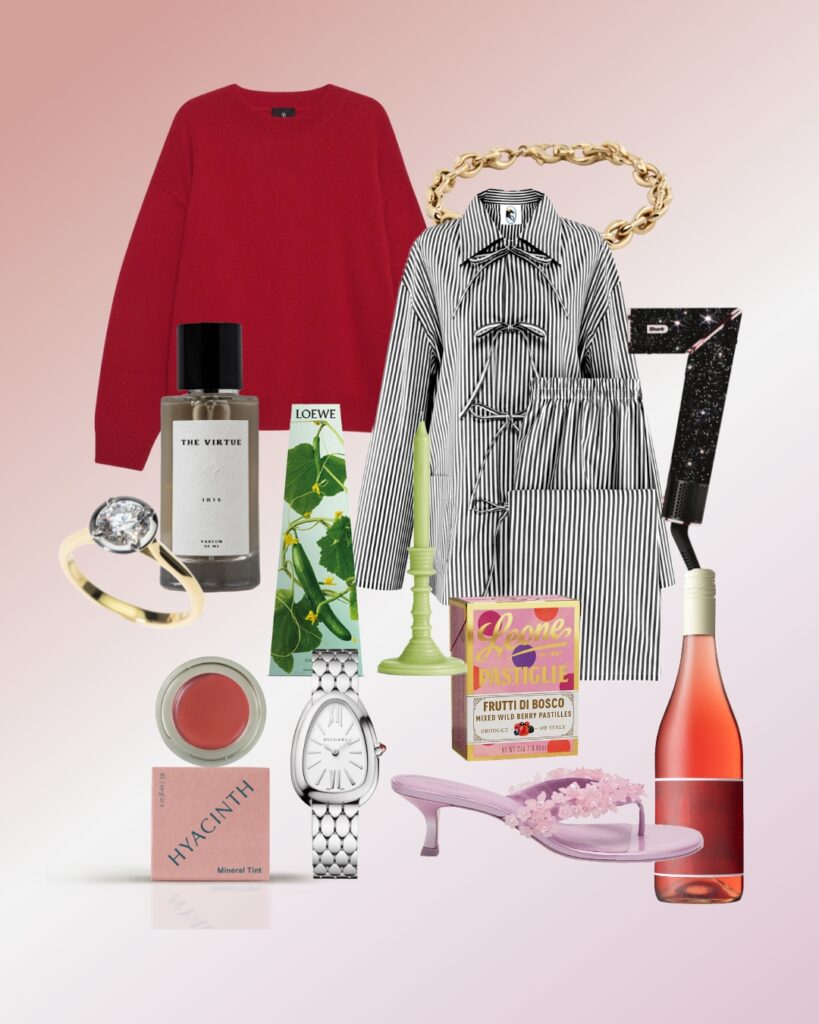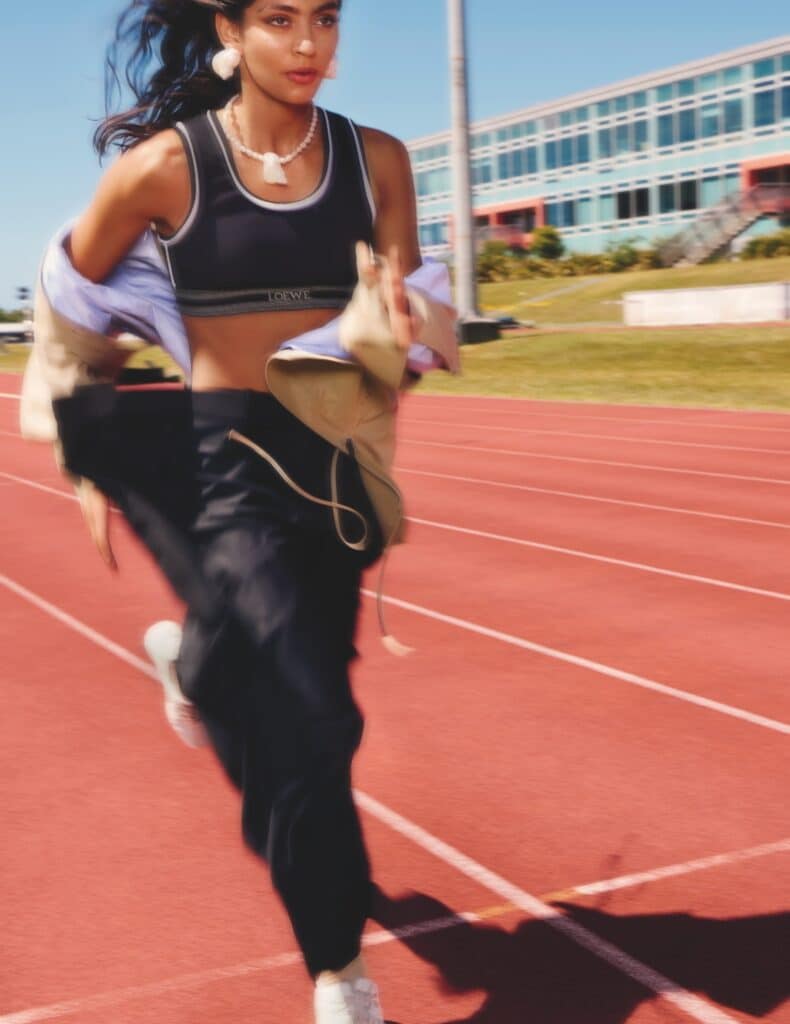There’s a time and a place for a cheap, polyester nightie – and a boutique river cruise isn’t it.
But when I had packed for Uniworld’s eight-day Castles Along the Rhine cruise, I hadn’t expected anyone but my husband would see my scruffy yet comfortable sleepwear. The cruise gods, however, have dealt us a kind hand and our upgrade to one of nine suites on the SS Antoinette comes with Valentina, a charming tuxedoed and white-gloved butler. Every night, Valentina neatly fans my nightie across the pillow. And every night I’m swamped by a tidal wave of embarrassment. Ditto when she collects my washing or irons a dress for dinner; I worry she’ll notice the labels and my penchant for shopping at the wrong end of the high street.
Clearly, I need more champagne to cope with the shame. Thankfully, Valentina is on hand to fetch it. But living out my Downton Abbey fantasies is no hardship and it doesn’t take long before I’m exploring the outer limits of diva-dom. Can Valentina fetch me a certain brand of green tea? Yes, she can. The temperature in my stateroom is a little chilly: can Valentina crank it up? Before the words have escaped from my mouth. And should I clear my own plate or lift my own bag? Not on Valentina’s watch. Nothing, it appears, is too much trouble for the pleasant Bulgarian, and she makes both myself and my husband feel like visiting royalty. Which is ironic considering hubby has never been keen on the idea of cruising. His great aunt loves cruises, but she’s also fond of line dancing and crocheting edges around doilies. “Aren’t cruises full of people with lots of cash, no imagination and a few years on the clock, who shuffle off to bed at 8pm?” he asks sniffily. I consider trading him in for a more grateful husband, but realise it would take too much time. Besides, he’s not the only one with such doubts: friends ask if we’ve packed our bingo pens and flat shoes, others suggest the ‘float and bloat’ nature of cruises will make us want to jump overboard.
It turns out their notions of cruising, and boutique river cruises in particular, are wildly out of date. River cruising is all about the joy of unhurried journeys to exciting destinations: in a part of the world where roads are crowded and historic old towns difficult to navigate, gliding along a river means never having to deal with irritating traffic, airport or immigration queues. And, joy of joys, I only have to unpack once.
If you prefer travelling without others obscuring the view, then you’re also in luck: unlike their larger, more flamboyant ocean-going cousins, river cruises usually carry around 130 passengers. In our case, at the rump end of autumn, it’s more like 110. There are 11 nationalities on board – and the bulk of the passengers are American – but while many of my fellow travellers are retired, they’re anything but retiring. Such as Alan, a former forensic psychologist from Atlanta, who thrills me with tales of grisly murders; or Dolores from London, who once taught history to bored teenagers.
At the other end of the scale is a group of 20-something American travel agents, who tear up the dance floor every night, and several stylish young Brazilians who, through halting English, tell me of their work as lawyers and concert promoters. We set sail from Amsterdam on a Sunday afternoon, under a sky so blue it should be X rated. You can almost see the stress evaporate from the faces of passengers as the Antoinette loosens her moorings and, after a quick safety briefing in one of the ship’s three lounges, the first champagne corks pop. Cruising must be one of the gentlest, most elegant ways to leave a city, and as we begin our slow drift though the muddy waters of the Rhine, some of the Continent’s most picturesque landscapes roll past the floor-to-ceiling windows of my stateroom balcony, so close I can almost reach out and touch them. It might not be Europe’s longest river (that honour goes to the Danube) but the 1320km Rhine cuts like a thread through the history and culture of seven countries, from its source in the Swiss Alps to its date with the North Sea beyond Rotterdam.
The name means ‘raging flow’, and although we see no evidence of this, it’s entirely appropriate when applied to the Rhine’s history, with everyone from Julius Caesar and Charlemagne to various Germanic tribes battling for control of this important strategic and commercial artery. But it’s the 64km of Rhine Valley between Koblenz and Rüdesheim that we’ve come for. Known as the Romantic Rhine, this Unesco-listed stretch features more castles than any other region in the world, and each kink in the river coughs up yet another fairytale turret, many of which look as though they came straight out of the Middle Ages (several did).
Rugged up against the chill, we sit on the top deck and listen as Christine, the German cruise manager who’s a cross between a guide, best friend and mother, tells us romance was the furtherest thing from their creators’ minds. “The castles were originally built for protection by feudal overlords to guard against marauders. Many were later destroyed by fire and invasion, and although several have been restored and turned into hotels, others lie in ruins.” The castles come so thick and fast it’s hard to identify them all; a fellow passenger, a veteran of several river cruises, elicits much laughter when he calls it “the curse of the ABC” (Another Bloody Castle).
Life is full of tough choices on a river cruise: a cooking demonstration or a swim, a nap or a movie in the cinema, a cocktail or a gin? Shore excursions help to shape our days and in Cologne a local guide walks us through the old town and its star attraction, the largest gothic cathedral in Germany, which is so ornate it makes the Trump Tower look minimalist. It’s worth a visit just to check out the remains of the Three Kings (yes, those present at the birth of Jesus), although Cologne Cathedral is also an over-achiever when it comes to spectacular stained-glass windows. In Rüdesheim, a gingerbread sort of town with cobbled alleyways and medieval houses, a cable car lifts us high above a tapestry of vines for one of the best views on the Rhine. We get distracted by the Christmas Market, one of Germany’s largest, and the local coffee which comes laced with brandy and a mountain of whipped cream. A wine tasting at the 14th century Castle Vollrads completes that day’s rolling maul of calories.
The best thing about leaving the ship is returning. Attended by Valentina and awash with Hermès toiletries, I’m tempted to cocoon myself in my palatial stateroom, designed for someone far more important than me. Fortunately, the daily updates from Christine and a range of guest speakers are also broadcast on the ship’s TV channel, making it tempting to slide into the ever-so-comfy bed and never leave. But as Germany segues into France, I stir myself for an excursion to Strasbourg, the capital of French Alsace, where we board a glass-topped water taxi for a gentle meander along canals sprinkled with half-timbered 15th and 16th century houses. As our guide Giselle explains, Strasbourg has changed hands so many times, it’s surprising it isn’t suffering from an identity crisis. “Today it’s French, yesterday it was German, who knows what it will be tomorrow?” says Giselle of the city, which was heavily bombed in WWII but is now HQ for the European Parliament, the Council of Europe and the International Human Rights Institute.
Further down the river, Colmar lives up to its name as the prettiest town in the world. The locals also don’t disappoint when it comes to their reputation for brusque service. But we fill our camera’s memory card with picturesque streets and our bellies with delicious pain au chocolat, before heading back to the ship for our last night aboard our floating hotel. Which is, of course, the Captain’s Gala Dinner. Never mind the water, on a river cruise it’s food that is everywhere. Buffet breakfasts and lunches, four-course dinners with wines to match, morning and afternoon teas designed to showcase the talents of the three resident pastry chefs, as well as coffee stations featuring highly addictive cookies, could explain why the average weight gain of passengers on a seven-day cruise is around 2.26kg. Despite daily visits to the ship’s well-appointed gym, I end our watery waltz in Switzerland with jeans that feel far too snug. Leaving the Antoinette is like casting off a particularly warm security blanket and the thought of facing a world without someone to do my washing and cooking and bring me bubbles at 2pm on a weekday afternoon makes me want to cry. If I could just figure out how to squeeze Valentina into my suitcase…
What cruise regulars know
There are around 35,000km of waterways in Europe, making it possible to travel the length of the Continent by boat. Which could explain why around half a million passengers a year flit along its rivers, especially the Rhine, the Danube and the Rhone.
Ocean cruises take you to countries, whereas river cruises take you through countries; four in this case. Another advantage of river cruises is boats typically moor in the heart of cities, while ocean cruise liners often dock some distance from town.
Don’t be surprised if you wake in the middle of the night to find a concrete wall outside your window. Cruises on European rivers are required to navigate a number of locks, often with only centimetres to spare on either side of the ship and rising, or falling, by as much as 25m with the changing water level.
All meals, unlimited beverages, airport transfers, gratuities and most shore excursions are usually included in the cost of the cruise (note, this varies from company to company).
From the editors of NEXT











